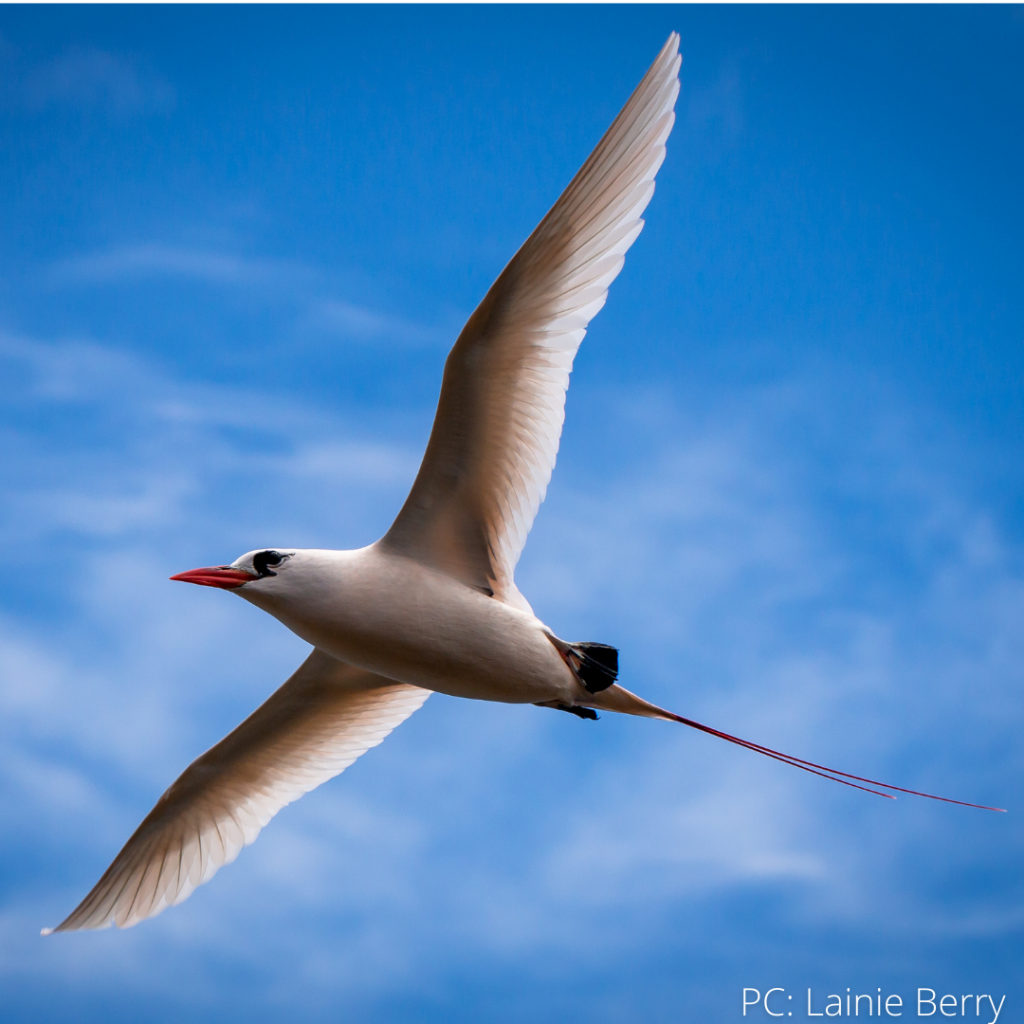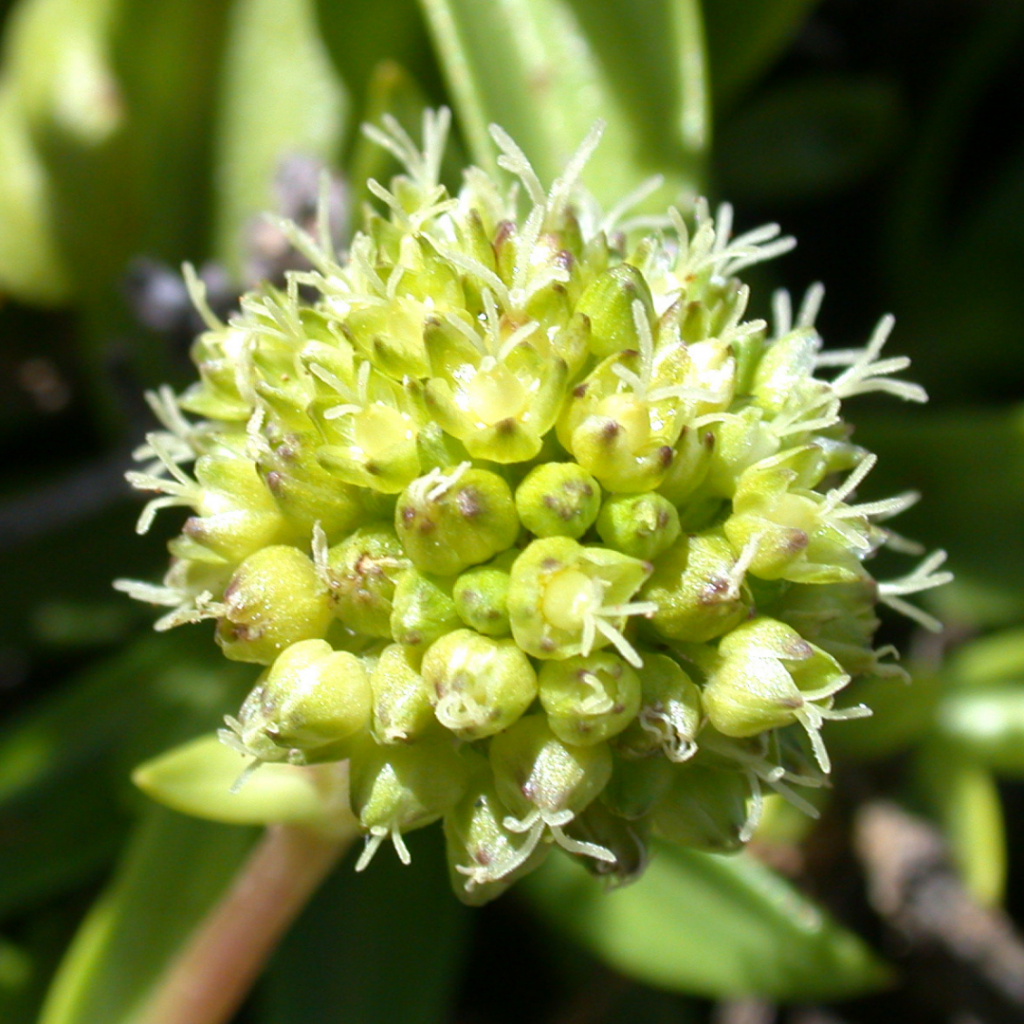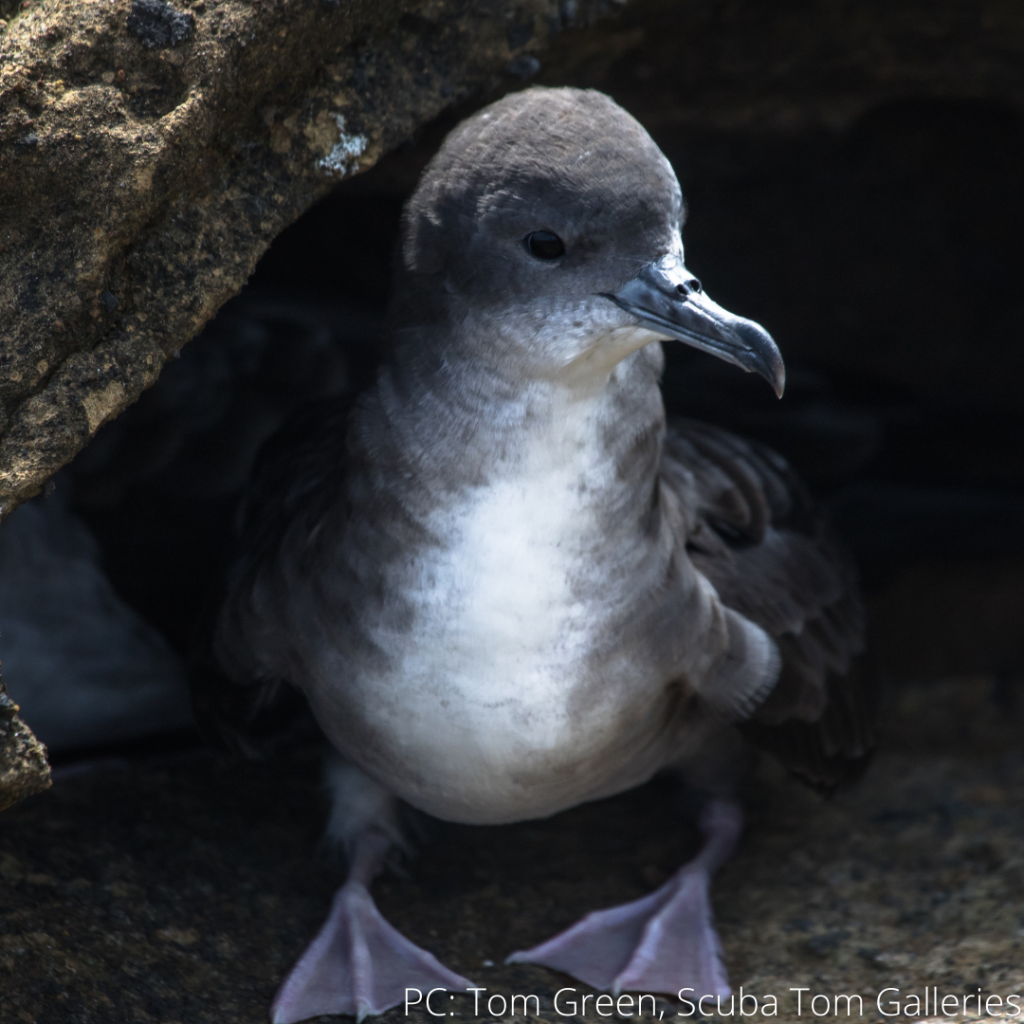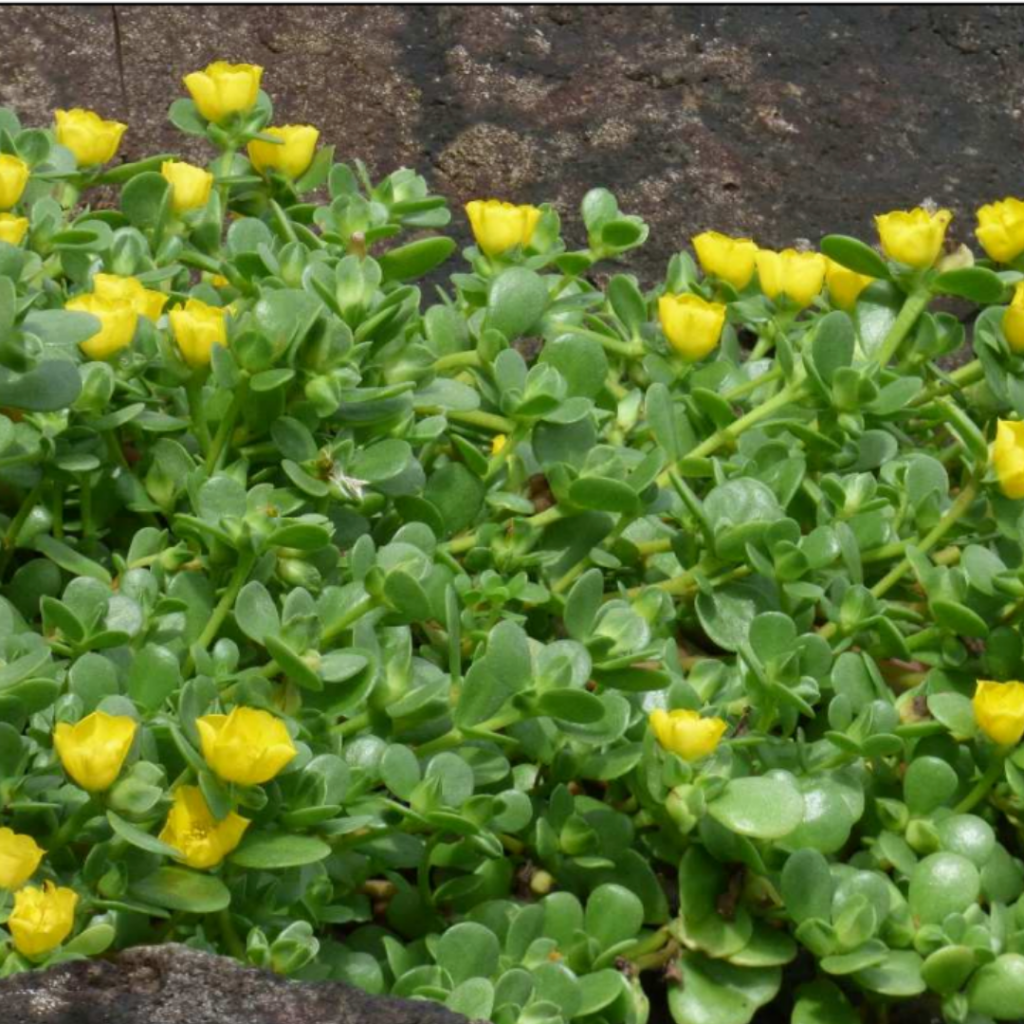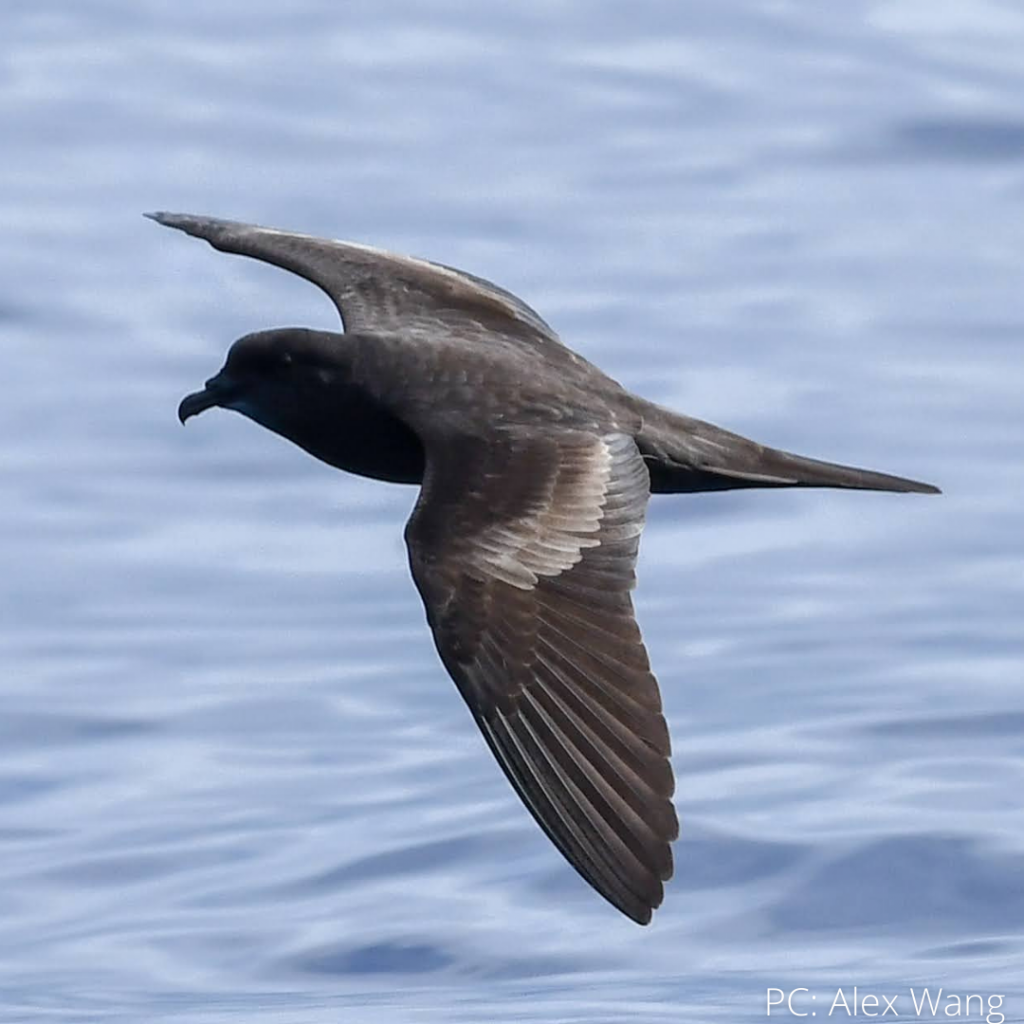Hawaiʻi Island Offshore Islet Seabird Sanctuaries

Table of Contents:
Mokupuku Islet Seabird Sanctuary
Description
Mokupuku Islet Seabird Sanctuary is a 2 acre islet located off the Kohala Coast in a cluster of three islets in the area. Access is by permit only to protect the islet’s plant and seabird species. Commonly found seabird species on this islet include the Black Noddy (Noio) and the White-tailed Tropicbird (Koa‘e ‘ula). Endemic plant species such as Maʻoliʻoli and Pua Kala are believed to be seen on this islet.
Source: Bishop Museum, Offshore Islet Project
Activities
None.
Permits & Rules
- This sanctuary is RESTRICTED, per administrative rules Chapter 126 (Wildlife Sanctuaries). Access is restricted to areas below the high water mark.
- Commercial activities are prohibited.
- Other activities (like scientific research, conservation management, or subsistence, traditional, and customary practices by Native Hawaiians consistent with the long-term preservation of the wildlife sanctuary resources) may be possible with a permit. Individuals interested in permits should review the detailed information on our Permits & Guidelines page and contact their local DOFAW office.
Some Native Plants & Animals
These are examples of native species associated with this site. This is not intended to be a comprehensive species inventory.
|
Pua Kala (Argemone glauca) |
Maʻoliʻoli (Schiedea globosa) |
Paʻokalani Islet Seabird Sanctuary
Description
Paʻokalani Islet Seabird Sanctuary is a 2 acre islet located off the Kohala Coast; the largest in a cluster of three islets in the area. Access is by permit only to protect the islet’s plant and seabird species. Commonly found seabird species on Paʻokalani islet include the White-tailed Tropicbird (Koa‘e ‘ula) and the Wedge-tailed shearwater (‘Ua‘u Kani).
Source: Bishop Museum, Offshore Islet Project
Activities
None.
Permits & Rules
- This sanctuary is RESTRICTED, per administrative rules Chapter 126 (Wildlife Sanctuaries). Access is restricted to areas below the high water mark.
- Commercial activities are prohibited.
- Other activities (like scientific research, conservation management, or subsistence, traditional, and customary practices by Native Hawaiians consistent with the long-term preservation of the wildlife sanctuary resources) may be possible with a permit. Individuals interested in permits should review the detailed information on our Permits & Guidelines page and contact their local DOFAW office.
Some Native Plants & Animals
These are examples of native species associated with this site. This is not intended to be a comprehensive species inventory.
|
ʻĀkulukuli (Sesuvium portulacastrum) |
Maʻoliʻoli (Schiedea globosa) |
||
|
Naupaka kahakai (Scaevola taccada) |
ʻIhi (Portulaca lutea) |
ʻŪlei (Osteomeles anthyllidifolia) |
Keaoi Islet Seabird Sanctuary
Description
Keaoi Islet Seabird Sanctuary is a 2 acre islet located off the Kau Coast along Hawai’i Volcanoes National Park. The islet subsided 10 feet after the 1975 earthquake and is currently washed over by waves. Access is by permit only to protect the islet’s flora and fauna. Keaoi Islet provides a habitat for seabirds and most commonly the Bulwer’s Petrel (ʻOu).
Source: Bishop Museum, Offshore Islet Project
Activities
Boating, fishing.
Permits & Rules
- This sanctuary is RESTRICTED, per administrative rules Chapter 126 (Wildlife Sanctuaries). Access is restricted to areas below the high water mark.
- Commercial activities are prohibited.
- Other activities (like scientific research, conservation management, or subsistence, traditional, and customary practices by Native Hawaiians consistent with the long-term preservation of the wildlife sanctuary resources) may be possible with a permit. Individuals interested in permits should review the detailed information on our Permits & Guidelines page and contact their local DOFAW office.
Some Native Plants & Animals
These are examples of native species associated with this site. This is not intended to be a comprehensive species inventory.


